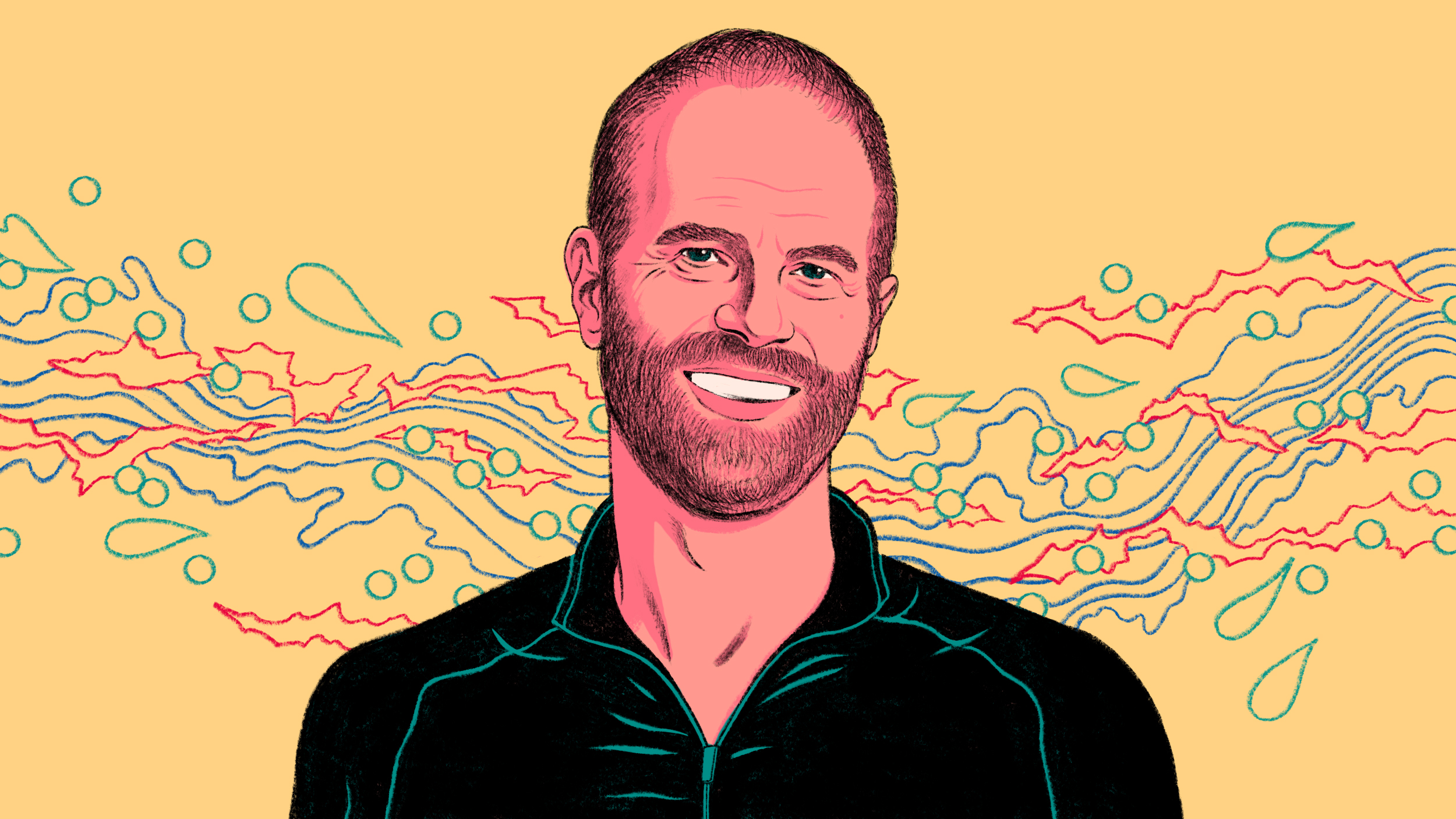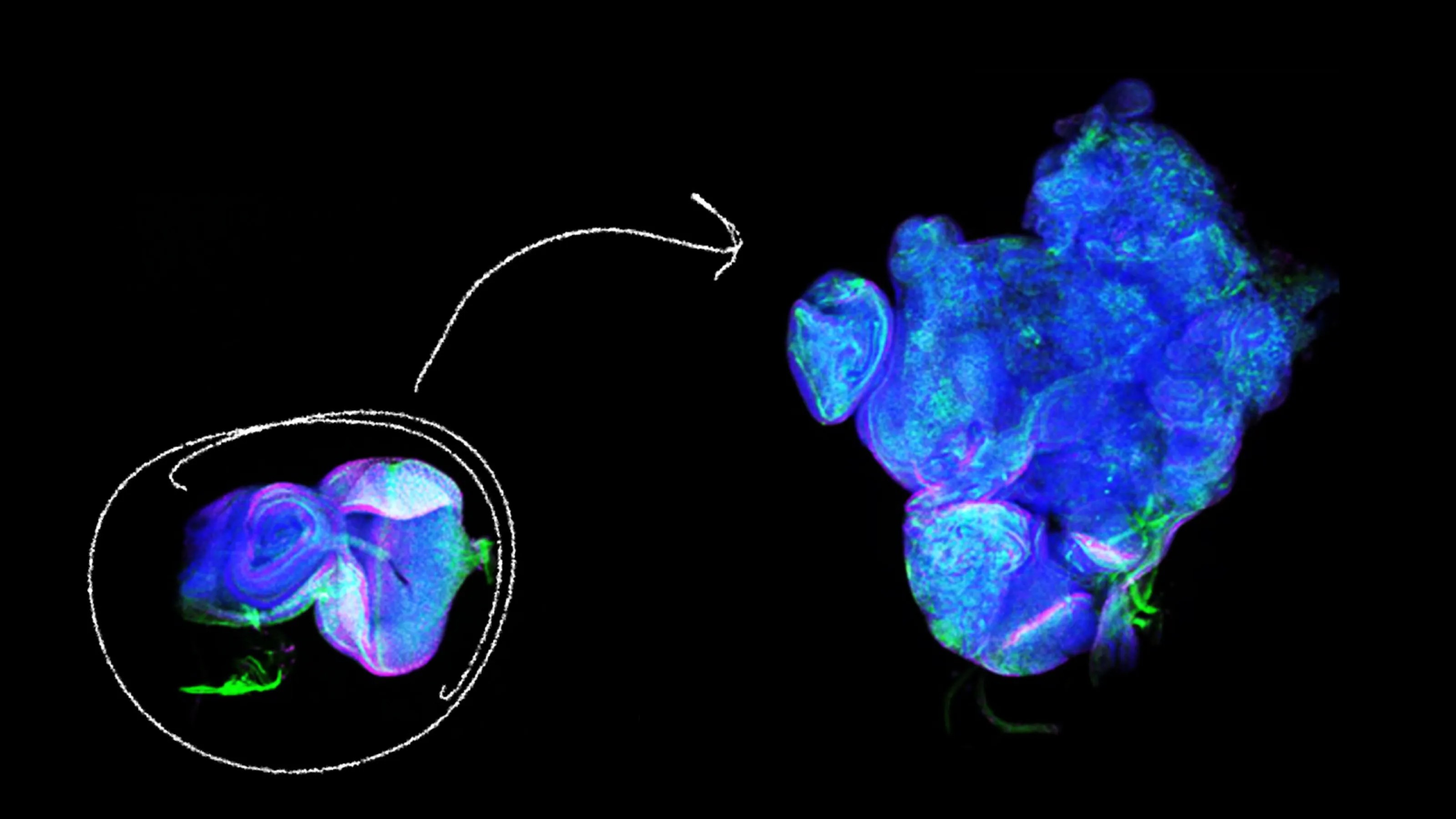Feeling sick is an emotion meant to help you get better faster

Photofusion/Universal Images Group via Getty Images
You know what it’s like to be sick. You feel fatigued, maybe a little depressed, less hungry than usual, more easily nauseated and perhaps more sensitive to pain and cold.
The fact that illness comes with a distinct set of psychological and behavioral features is not a new discovery. In medical terminology, the symptom of malaise encompasses some of the feelings that come with being ill. Animal behaviorists and neuroimmunologists use the term sickness behavior to describe the observable behavior changes that occur during illness.
Health care providers often treat these symptoms as little more than annoying side effects of having an infectious disease. But as it turns out, these changes may actually be part of how you fight off infection.
I’m an anthropologist interested in how illness and infection have shaped human evolution. My colleagues and I propose that all these aspects of being sick are features of an emotion that we call “lassitude.” And it’s an important part of how human beings work to recover from illness.
Your body sets priorities when fighting germs
The human immune system is a complex set of mechanisms that help you suppress and eliminate organisms – such as bacteria, viruses and parasitic worms – that cause infection.
Activating the immune system, however, costs your body a lot of energy. This presents a series of problems that your brain and body must solve to fight against infection most effectively. Where will this extra energy come from? What should you do to avoid additional infections or injuries that would increase the immune system’s energy requirements even more?
Fever is a critical part of the immune response to some infections, but the energy cost of raising your temperature is particularly high. Is there anything you can do to reduce this cost?
To eat or not to eat is a choice that affects your body’s fight against infection. On one hand, food ultimately provides energy to your body, and some foods even contain compounds that may help eliminate pathogens. But it also takes energy to digest food, which diverts resources from your all-out immune effort. Consuming food also increases your risk of acquiring additional pathogens. So what should you eat when you’re sick, and how much?
We humans are highly dependent on others to care for and support us when we’re sick. What should you do to make sure your friends and family care for you when you’re ill?
My colleagues and I propose that the distinctive changes that occur when you get sick help you solve these problems automatically.
- Fatigue reduces your level of physical activity, which leaves more energy available for the immune system.
- Increased susceptibility to nausea and pain makes you less likely to acquire an infection or injury that would further increase the immune system’s workload.
- Increased sensitivity to cold motivates you to seek out things like warm clothing and heat sources that reduce the costs of keeping body temperature up.
- Changes in appetite and food preferences push you to eat (or not eat) in a way that supports the fight against infection.
- Feelings of sadness, depression and general wretchedness provide an honest signal to your friends and family that you need help.
Of course these changes depend on the context. Any parents reading this article are likely familiar with the experience of being sick but pushing through it because a child needs care. While it may make sense to reduce food intake to prioritize immunity when the sick individual has plenty of energy reserves, it would be counterproductive to avoid eating if the sick person is on the verge of starvation.
Sickness as an emotion
So how does your body organize these advantageous responses to infection?
The evidence my colleagues and I reviewed suggests that humans possess a regulatory program that lies in wait, scanning for indicators that infectious disease is present. When it detects signs of infection, the program sends a signal to various functional mechanisms in the brain and body. They in turn change their patterns of operation in ways that are useful for fighting infection. These changes, in combination with each other, produce the distinct experience of being sick.
This kind of coordinating program is what some psychologists call an emotion: an evolved computational program that detects indicators of a specific recurrent situation. When the certain situation arises, the emotion orchestrates relevant behavioral and physiological mechanisms that help address the problems at hand.
Imagine you’re walking through the woods, thinking you’re alone, and suddenly you are startled by sounds suggesting a large animal is in the underbrush nearby. Your pupils dilate, your hearing becomes attuned to every little sound, your cardiovascular system starts to work harder in preparation for either running away or defending yourself. These coordinated physiological and behavioral changes are produced by an underlying emotion program that corresponds to what you might think of as a certain kind of fear.
Some of these coordinating programs line up nicely with general intuitions about what makes up an emotion. Others have functions and features that we might not typically think of as “emotional.”
Some psychologists suggest these emotion programs likely evolved to respond to identifiable situations that occurred reliably over evolutionary time, that would affect the survival or reproduction of those involved.
This way of thinking has helped researchers understand why some emotions exist and how they work. For instance, the pathogen disgust program detects indicators that some potentially infectious agent is nearby. Imagine you smell the stench of feces: The emotion of disgust coordinates your behavior and physiology in ways that help you avoid the risky entity.
Another example is the emotion of shame, which scouts for signs that you’ve done something that causes members of your social group to devalue you. When you detect one of these indicators – a loved one rebukes you for doing something that hurt them, say – the experience of shame helps you adjust your mental map of what kinds of things will cause others to devalue you. Presumably you will try to avoid them in the future.
Drawing from the emerging discipline of evolutionary medicine, my colleagues and I now apply the idea of these emotion programs to the experience of being sick. We call this emotion “lassitude” to distinguish the underlying program from the outputs it generates, such as sickness behavior and malaise.
We hope that our approach to lassitude will help solve problems of practical importance. From a medical perspective, it would be useful to know when lassitude is doing its job and when it is malfunctioning. Health care providers would then have a better sense of when they ought intervene to block certain parts of lassitude and when they should let them be.
Joshua Schrock, Ph.D. Candidate in Anthropology, University of Oregon.
This article is republished from The Conversation under a Creative Commons license. Read the original article.





